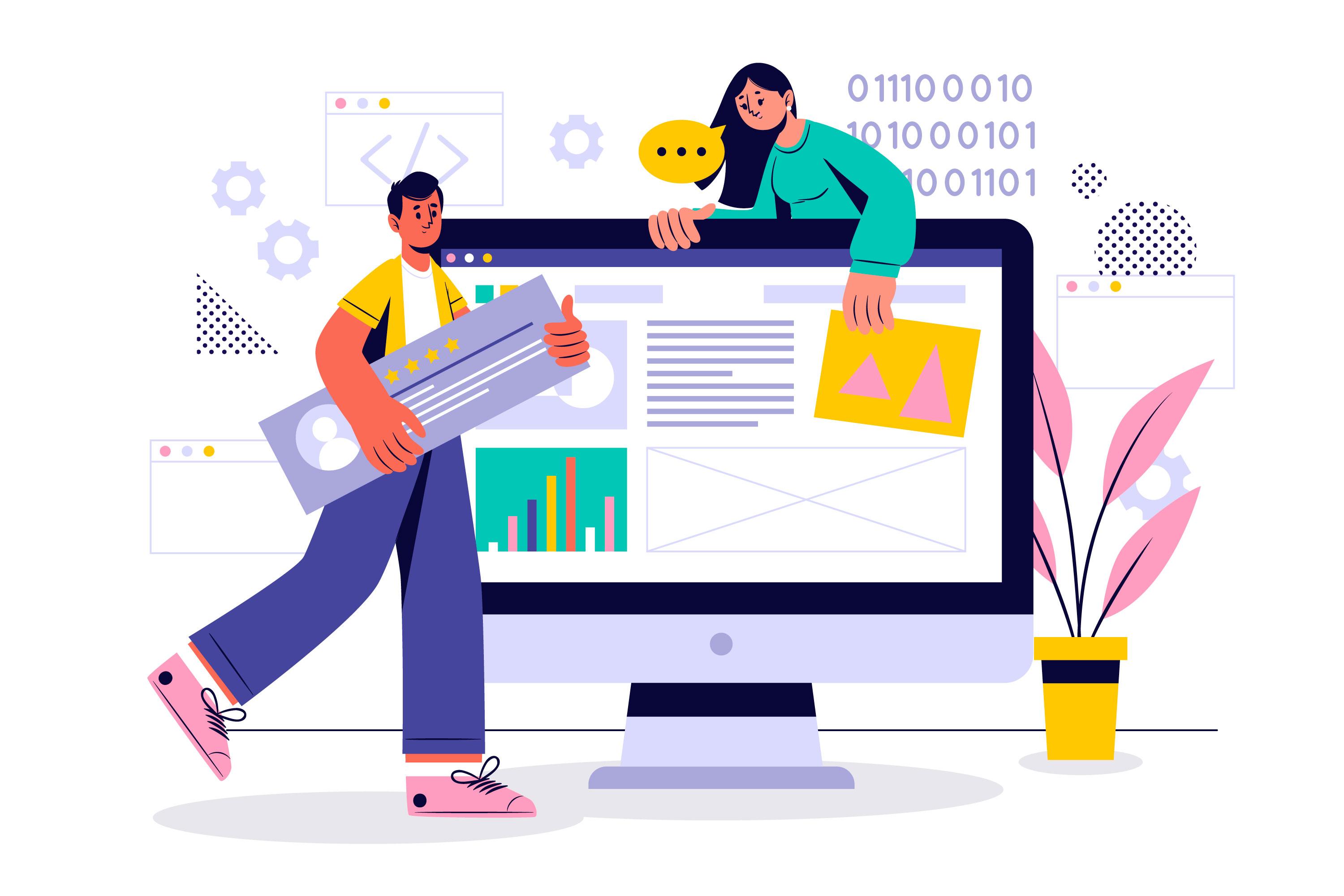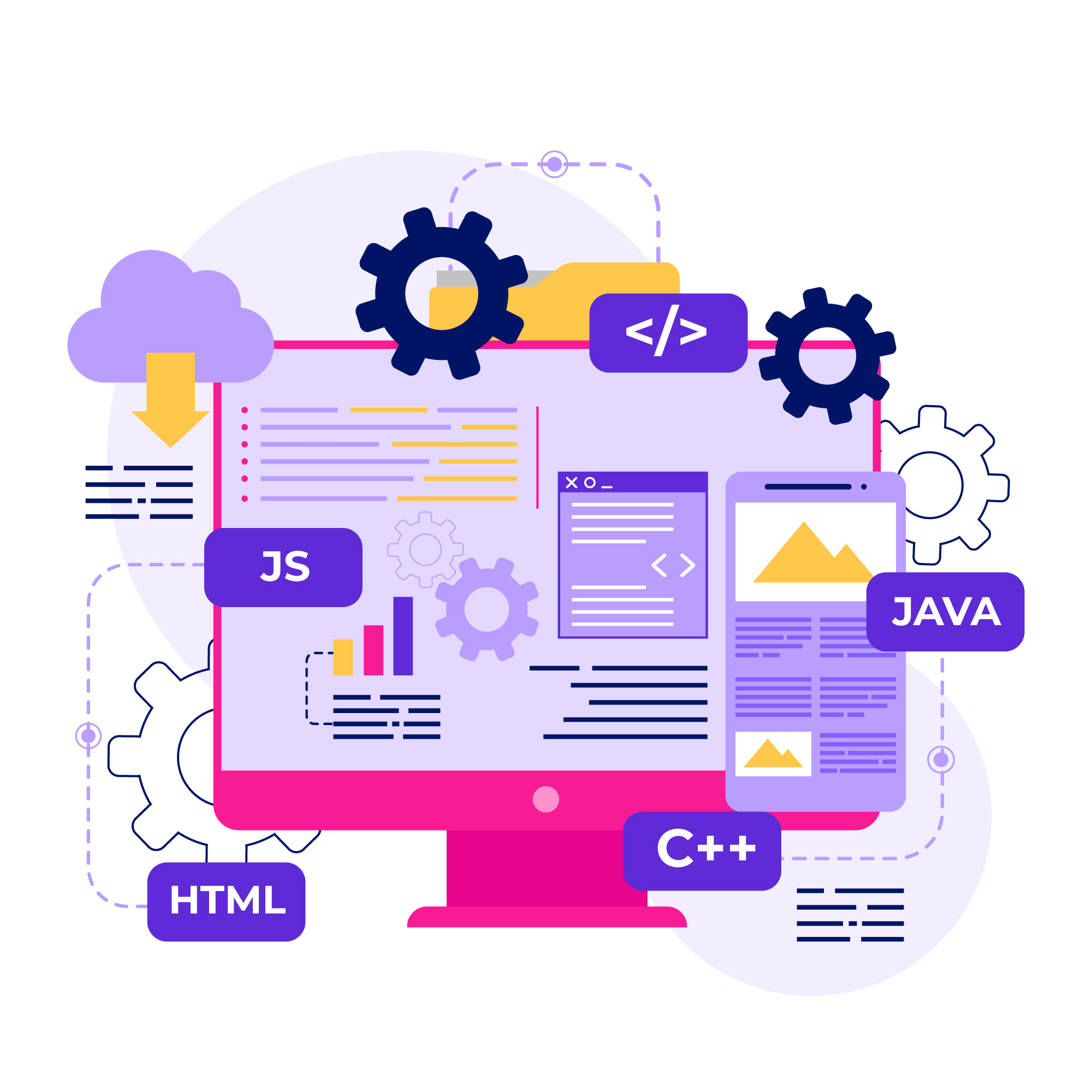The Future of Web Design: Top 8 AI Predictions for the Next Five Years

Strong 8k brings an ultra-HD IPTV experience to your living room and your pocket.
Straight facts: No, AI won’t steal your job. But it sure is reshaping how you approach web design.
Five years ago, if someone had claimed a machine could design a website faster—and sometimes better—than web designers, we’d have laughed it off. Today, AI stands tall, pushing web design into bold, uncharted territory.
It’s not a buzzword anymore. It’s a whole wide toolset that’s unlocking new levels of innovation, speed, and personalization across the web design industry, while nudging professionals to brush off the basics.
And over the next five years, AI’s poised to do more than just streamline workflows. It’s opening up new, unimaginable ways to build websites that connect with users, tell stories, and spark interactions that actually feel personal.
So no, AI isn’t here to replace you. It’s here to break the monotony, sharpen the creative edge, and empower you with speed and insight.
In the next five minutes, we’ll walk you through the eight website design trends for 2025 we see coming down the line and disrupting the state of affairs like never before. You’ll want to familiarize yourself with what’s shaping the future of website design and lead with a competitive advantage.
AI Web Design Trends You’ll Want to Know
1. Design Tools Are About to Think With You
Right now, AI tools suggest layouts, colors, and typefaces. That’s incredibly helpful. But what’s coming? Tools that learn your style and adapt as you build. We imagine a Figma that knows how we like to structure a landing page or what kind of typography we lean toward for certain industries. These tools will take the donkey work off our plates.
2. Personalization Will Be a Standard
Good design talks directly to the user. AI will make that easier. It’ll watch how someone scrolls, what they click, and even where they’re located, and respond in real time. Imagine designing a homepage that subtly reshapes itself depending on who’s visiting. That’s not creepy; that’s considerate. We’re finally getting closer to web design strategies that guarantee conversations instead of static billboards.
3. Voice Will Redefine Interaction
We’re so used to clicks, swipes, and taps. But voice? That’s a whole new surface to design for. By 2029, people won’t just read our interfaces; they’ll talk to them. We’re thinking of booking engines, retail sites, healthcare portals - anywhere users just want a straight answer fast. “Show me vegetarian dinner options” or “Reschedule my appointment,” and the site answers. It’s more natural, more inclusive, and frankly, overdue.
4. Augmented Reality Will Break the Screen Barrier
AR used to be tech marvels. But not anymore. The AI-powered design for websites soon will let users try on clothes, place furniture in their living rooms, or preview a car’s interior, all without leaving the browser. It’s tactile, immersive, and solves one of online retail’s biggest problems: uncertainty. When users see how something fits into their world, the decision becomes easier.
5. Content Will Flow Without Bottlenecks
Content is one of the key elements of web design. However, as designers, we often wait on content, and it slows everything down. But AI can now generate headlines, blogs, and product descriptions that match the voice of the brand. Imagine designing a layout and instantly filling it with real, relevant words that don’t sound robotic or alien. This keeps momentum going and lets our visuals and content grow together instead of waiting on each other.
6. UX Will Improve Itself
AI won’t just help us design; it’ll watch what users do and help refine our work. It’ll flag areas where users get stuck, recommend faster paths, and even shift elements dynamically for different audiences. We’ll spend less time guessing and more time iterating with purpose. Every tweak will be backed by real data and real behavior.
7. Typography Will Start Making Decisions Too
Fonts evoke emotions. They set the tone. With AI, we’ll go beyond presets and start tailoring the type to the moment. Bolder weights on mobile, tighter kerning for headlines, or dynamic sizing based on screen resolution. The system will recognize what feels good to read—and adjust on its own. Typography will stop being passive and start pulling its weight.
8. Ethics Will Be Built Into the System
AI’s activating many modern web design trends in a row and rewriting the future of web design. But remember, the more AI shapes our work, the more we’ll need to explain it. We’ll have to show users how their data is used and why personalization exists. But here’s the upside: when people understand the value exchange, they trust you more. Ethical AI isn’t about limitations. It’s about clarity. And trust, in design, is everything.
New-Gen Web Design Trends: Few Forces We’re Also Keeping an Eye On
- Predictive loading: Pages will load before the user clicks. No friction, no lag.
- AI-powered security: Threat detection will become proactive, not reactive.
- Sustainable interfaces: Smarter designs will consume less energy, making the web greener by design.
Final Thoughts: Why This Matters
We see AI not as a replacement but as a force multiplier. It frees up our time, sharpens our focus, and gives us tools that respond, adapt, and learn. The next five years will change how we design, but they’ll also change who we design for and how they experience it. We’re heading into a future where every click, scroll, and interaction feels more intuitive and human.
As someone who works in a professional web design agency in New York, I’m all pumped up to see what unfolds. Till then, let’s build sites that do more than look good; they should think smart, feel personal, and leave a lasting impression.
Note: IndiBlogHub features both user-submitted and editorial content. We do not verify third-party contributions. Read our Disclaimer and Privacy Policyfor details.







